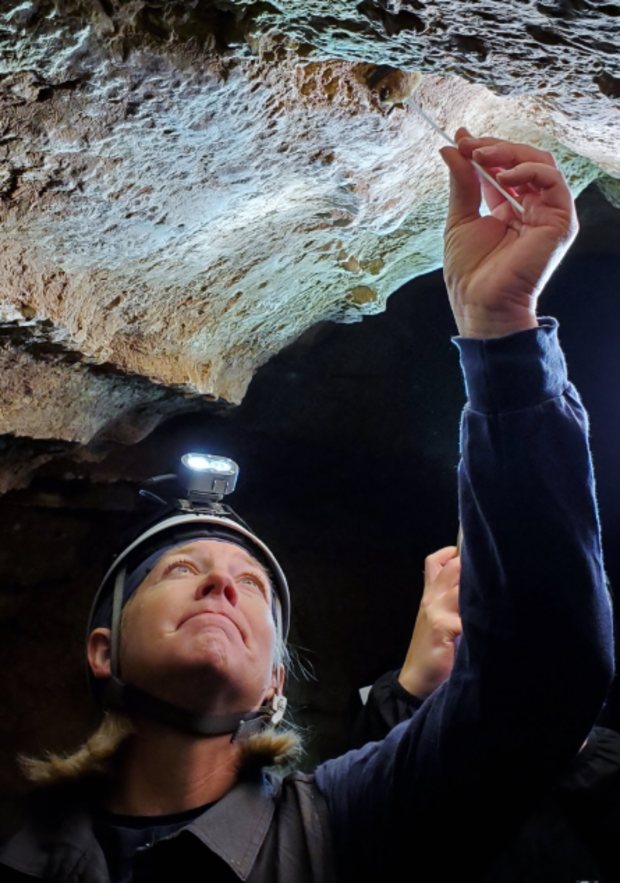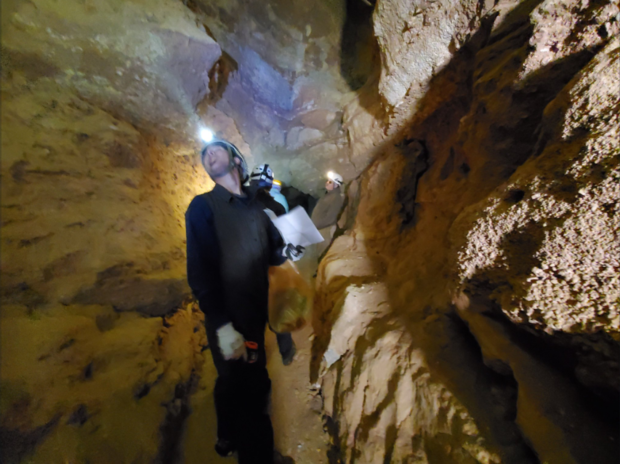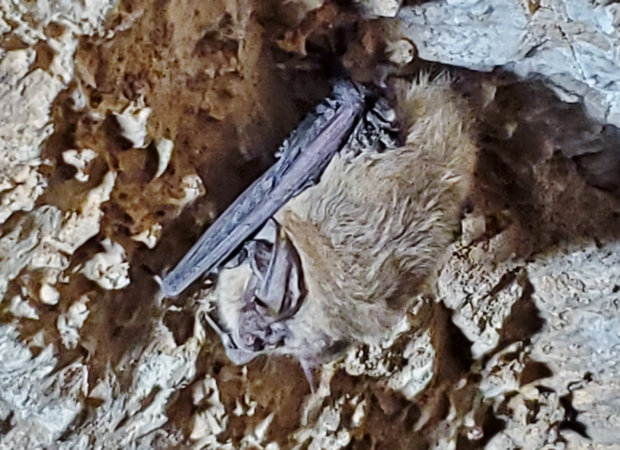Wildlife Biologists Test Hibernating Bats For Deadly Disease
EL PASO COUNTY, Colo. (CBS4) -- On any other animal, a white nose might look cute, as if it had playfully torn into a bag of confectioners sugar.
On a bat, it's a death sentence.
A fungus-borne disease manifests during bats' winter hibernation, when they are vulnerable to its growth. They awaken, unable to clearly breathe. Then, unable to resume their sleep and unable to feed (insects take winter off, too), they starve to death.
Wildlife officials estimate more than a million bats have died nationally since the disease was discovered in a New York cave in 2006.
Colorado is not immune to the disease's effects. So, every year, biologists (and sometimes helpful spelunkers) attempt to survey the number of bats in Colorado - dead or alive.
A team of Colorado Parks & Wildlife personnel took on that duty last week in a western section of El Paso County -- a location to remain secret in order to preserve the peace, and health, of the bats.
"We're looking to see where our bats are this time of year," CPW biologist April Estep said. "We're looking at the different species that we have as well as what habitats they're actually using."
The crew hiked several miles and scrambled across snowy ledges to reach four caves. Inside, they made measurements of the environment precisely where the bats had come to rest.
More importantly, they took test swabs of the bats' bodies to test for the fungus that carries White Nose Syndrome.
The group counted eight bats in one cave, and found three species among the four -- Townsend's Big-eared bat, Western Small-footed bat, and another myotis species, Estep said.
The U.S. Fish & Wildlife Service established a national plan to fight the spread of White Nose Syndrome in 2011. Among the ideas, a request that cave explorers resist bringing the same clothing and gear they used in the eastern half of the country to the west.








